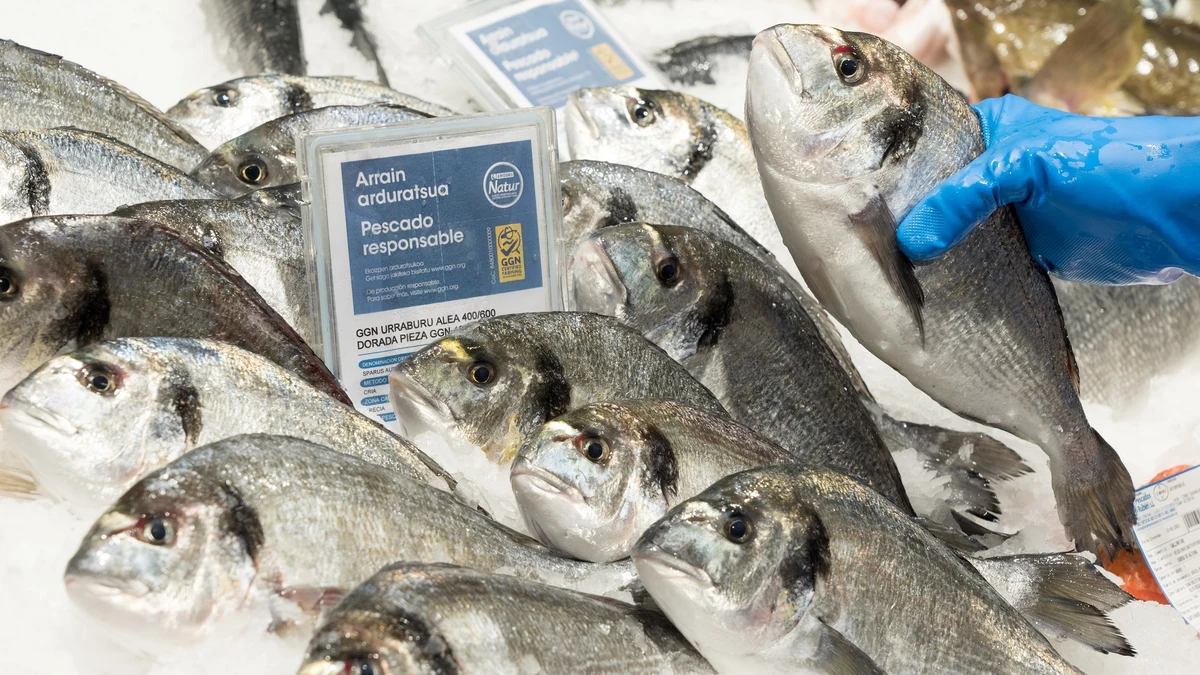My goal this year is to plant a vegetable garden in the ground. What type of soil should I get and where do I buy it? Or is the soil in my backyard sufficient?
— Carolyn Smith, Glenview
It’s finally vegetable gardening season! Your question is one that is often asked by beginning gardeners. Here are a few tips to build healthy soil.
Start by choosing a site that is in full sun. Most vegetables will perform best in a garden location that receives full sun. Our vegetable gardens at home do receive some shade and the one with increasing shade levels due to adjacent plants has had declining production. Early spring crops like lettuce and radishes do well in this bed and extend the period of harvest when summer begins. Self-seeding dill and cilantro in this shadier bed are also useful in the kitchen. Tomatoes, peppers and potatoes cannot be grown here because of too much shade.
If your garden soil is not heavy clay, you should be able to develop good soil for a vegetable garden over time by adding compost.
Here’s how to remove the sod. Use a sharp, flat spade, then flip the sod upside down on a compost pile where it will break down and can be reused as topsoil later.
Then spade the soil to loosen it up to about eight inches deep, then add three inches of compost and till it in. This should create loose friable (crumbly) soil that is easy to plant in and provides a good zone of soil for the vegetables to grow in.
Compost can be added to the surface of the bed and worked in with a spade. Adding compost in early spring or fall (after the season) every one to two years will help build and maintain good garden soil for growing vegetables.
Once you have the first year’s soil amended, it’s best to avoid tilling in future years to avoid breaking up the mycorrhizal network. Simply said, this is a network of fungi and plant roots. It plays a crucial role in soil ecology and plant health.
If you live in an urban area, test the soil for toxicities and seek further guidance for site preparation if there are issues in your soil. An up-to-date list of soil testing labs can be found at extension.illinois.edu/soil, which is provided by the University of Illinois Extension.
If your garden soil is made up of heavy clay a raised garden bed is a great solution. If you’re going to build the bed, do not use treated wood because toxins can leach into the soil. Look for a garden mix including compost and soil to fill your bed. Avoid using pulverized topsoil. The new soil depth should be at least eight inches.
You can also consider planting some vegetables in containers. Choose a container with a drainage hole and use a growing mix designed for container growing.
For more plant advice, contact the Plant Information Service at the Chicago Botanic Garden at plantinfo@chicagobotanic.org. Tim Johnson is senior director of horticulture at the Chicago Botanic Garden.




